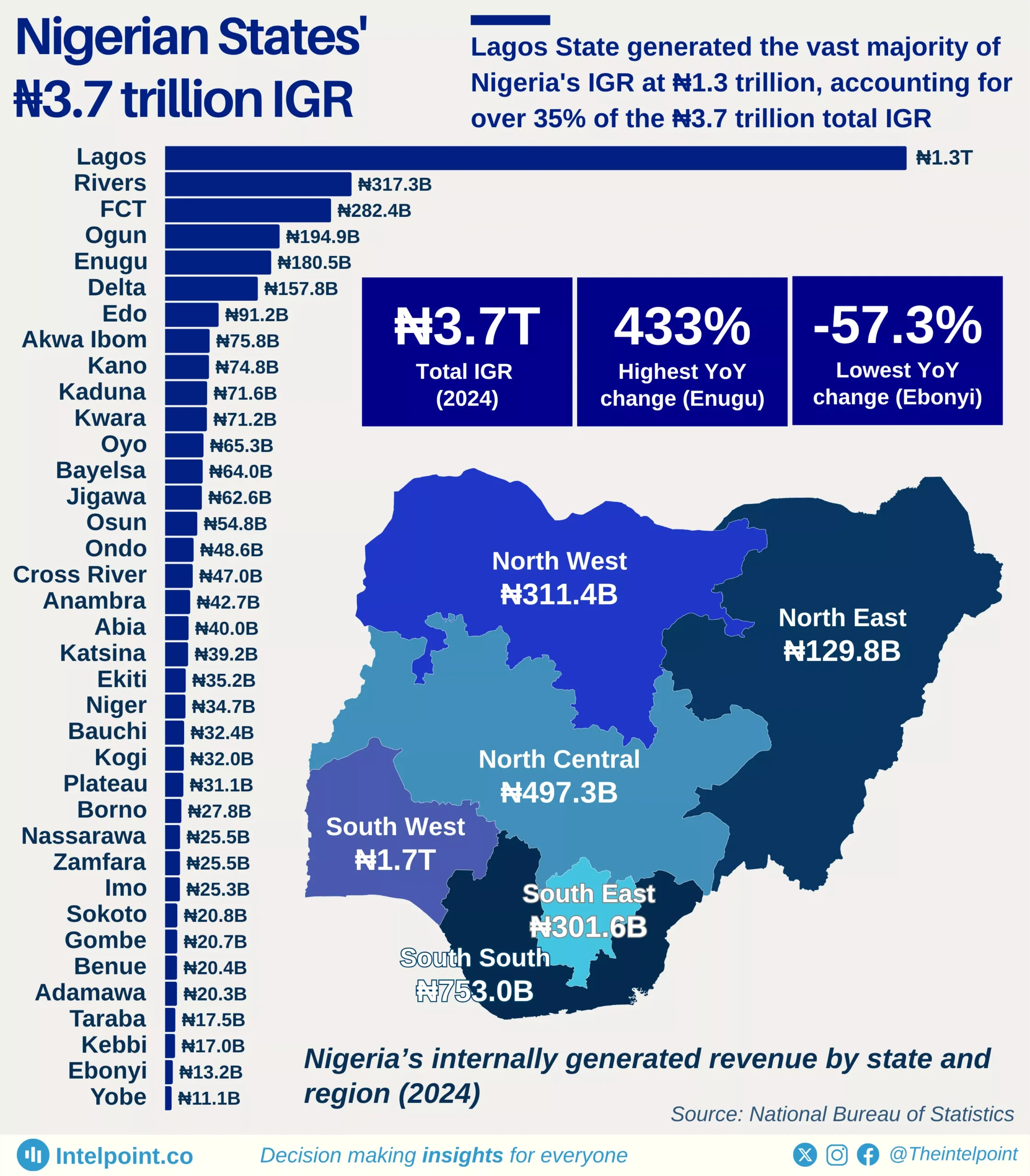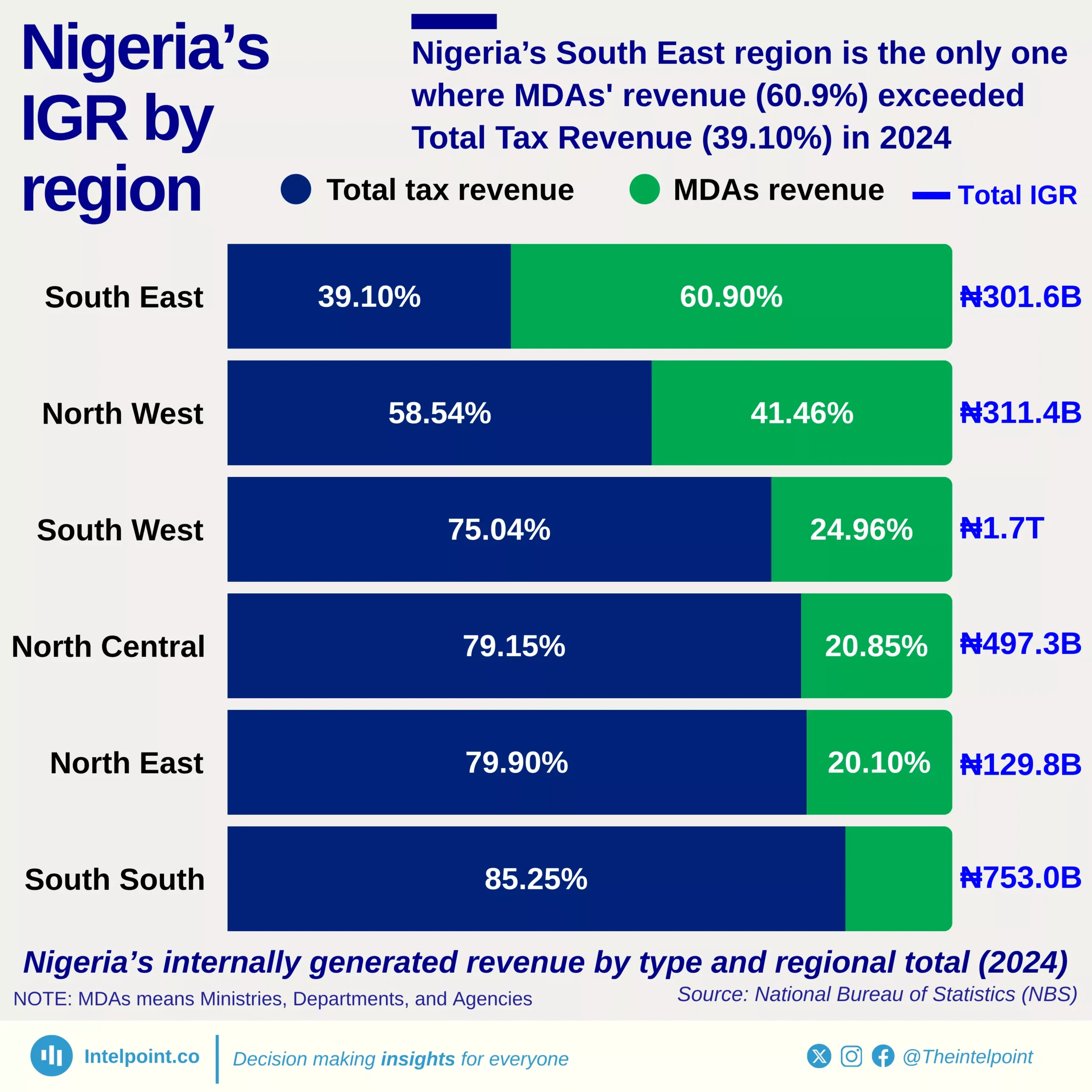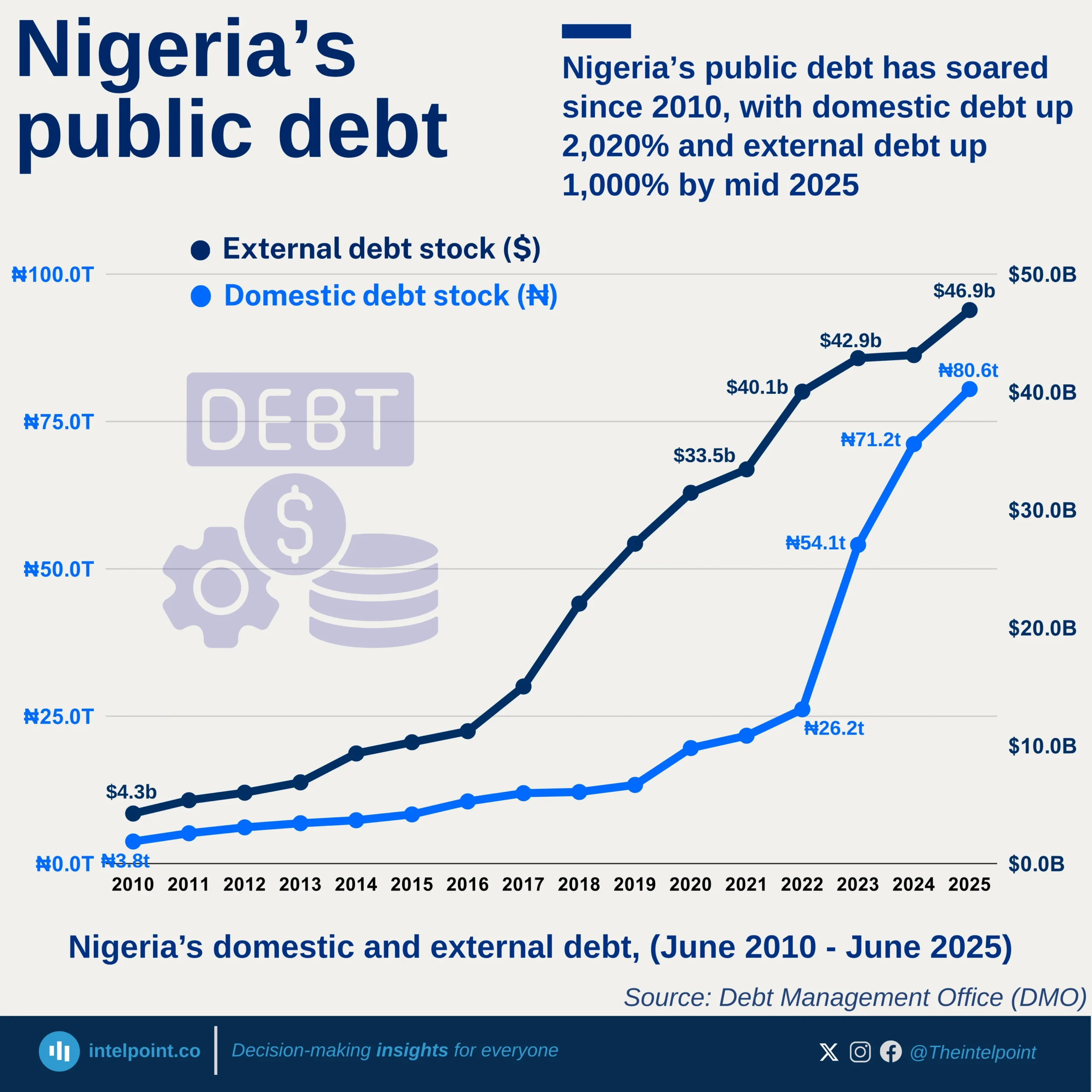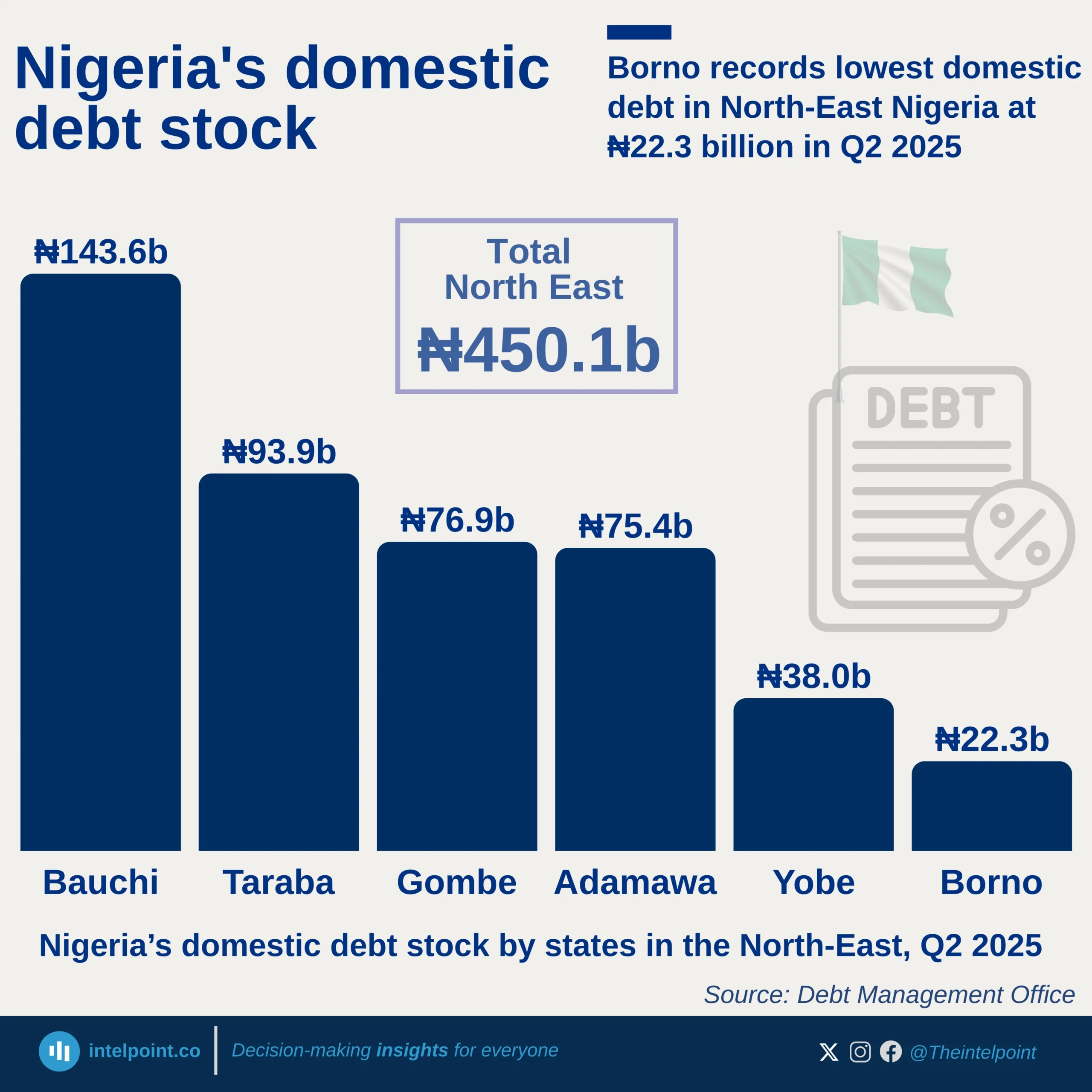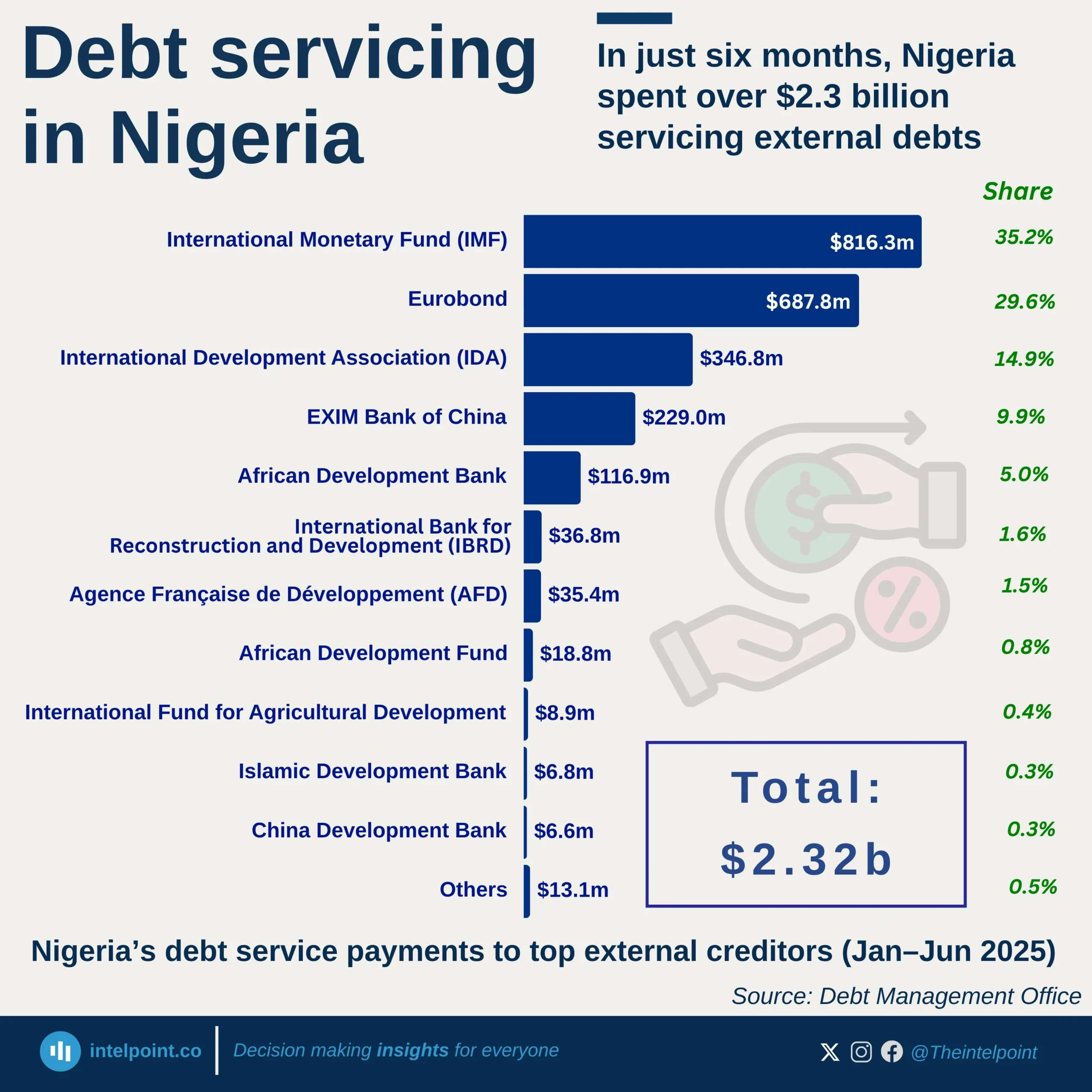The regional breakdown of MSME revenues in Nigeria reveals striking disparities. At the very top, the South West is unmatched. It is the only region with businesses earning above ₦100 million monthly, holding 100% of this elite category. This underscores the region’s dominance as Nigeria’s financial and commercial hub.
In contrast, the South South leads in the ₦10M–₦99.9M revenue range, accounting for more than half of all MSMEs in this bracket, while the South East shows strength in the mid-level categories such as ₦200K–₦499.9K. The northern regions, particularly the North Central and North East, are far more concentrated at the lower end, with a significant share of MSMEs generating less than ₦100,000 monthly.
